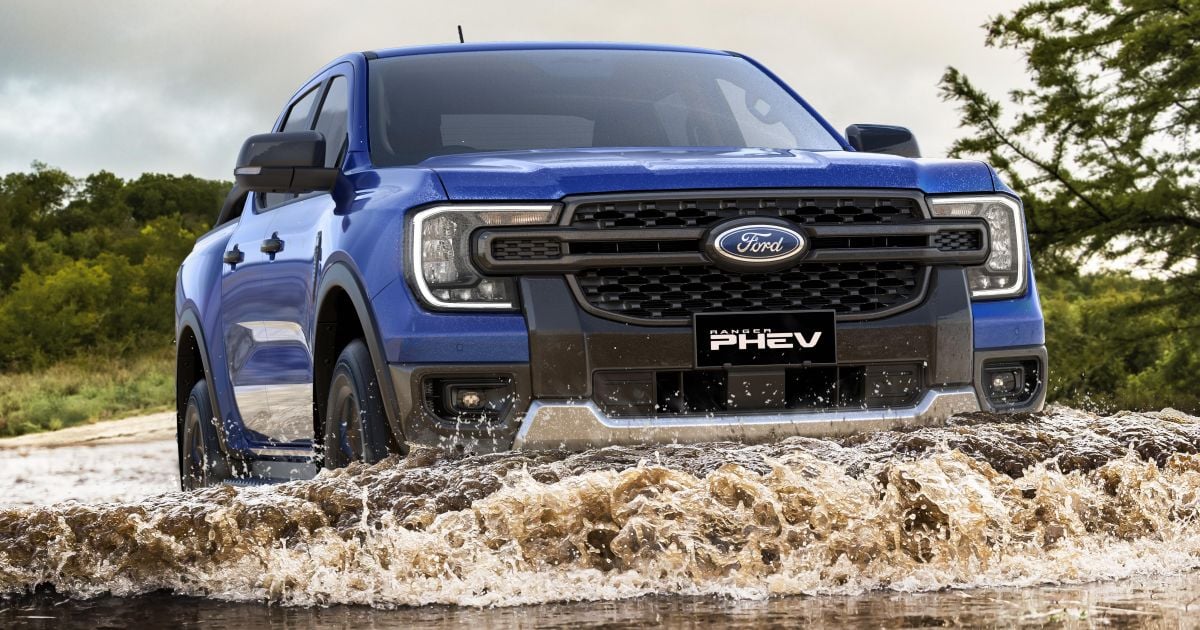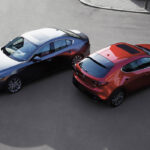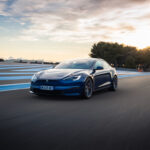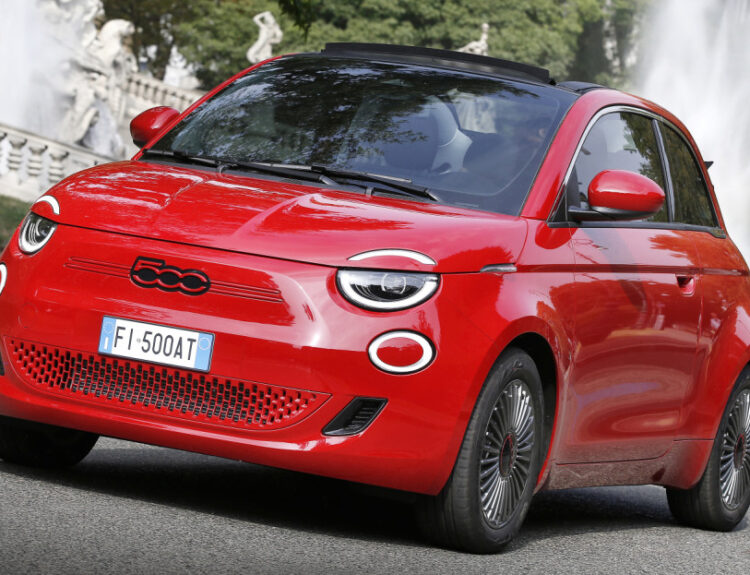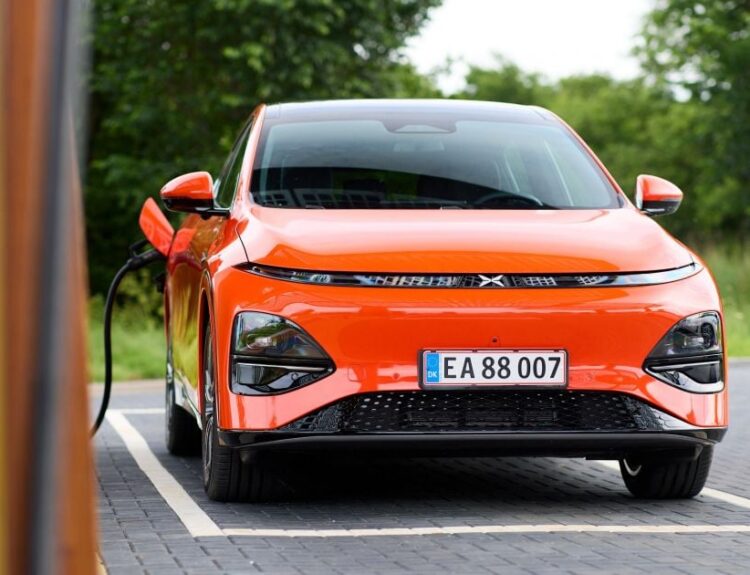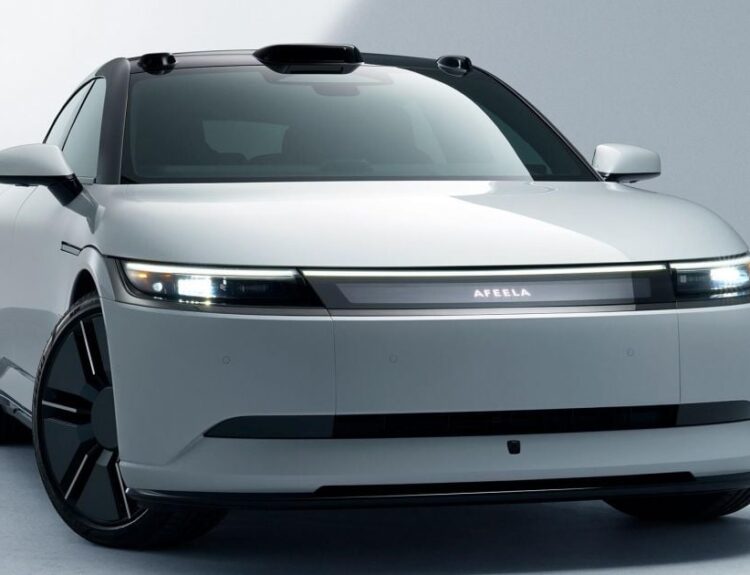Prepare for an Automotive Revolution in 2025
While 2024 has already set the stage as a transformative year for the automotive sector, brace yourself for an even more dramatic shift in 2025.
Next year, Australia is poised to welcome at least six additional Chinese automotive brands, bringing the total number of competitors in the market to around 70. This surge is expected to unfold amidst a contraction in the new-vehicle market, following last year’s record highs.
The ramifications of this influx, coupled with Australia’s inaugural mandatory new vehicle emissions regulations, promise to be significant. Other influential factors, including the economic landscape, consumer behavior, government policies like Fringe Benefits Tax (FBT) exemptions, and global supply chain intricacies, will all play a role in shaping the pricing of new cars, the volume of model launches, and the types of vehicles available.
While predictions are fraught with uncertainty, the automotive industry is known for its surprises. Here are key insights and forecasts for what lies ahead in 2025.
Paul Maric: A Cooling in Electric Vehicle Demand
I anticipate a noticeable cooling in the electric vehicle (EV) market as consumers become increasingly mindful of their vehicle’s residual value. Past experiences have made potential buyers hesitant; as government subsidies gradually diminish, many will pivot back towards hybrid or plug-in hybrid models.
While advancements in battery technology promise a brighter future for EVs, the reality remains that many drivers prefer the reassurance of internal combustion vehicles, especially during peak travel times when charging stations are crowded.
Marton Pettendy: New-Cars to Experience Price Cuts
Traditionally, new car prices tend to rise, but I expect an intriguing shift in the first half of 2025—prices are likely to decline, albeit with some exceptions. After years marked by supply chain disruptions during the pandemic, inventory levels are finally stabilizing, leading to an oversupply situation as the market cooled towards the end of 2024. Consequently, buyers will find themselves in a favorable position to negotiate better deals as manufacturers strive to clear excess stock in an increasingly competitive environment.
Exceptions will inevitably arise, particularly for high-demand vehicles, such as the Toyota Prado and LandCruiser 70 Series, which are likely to maintain long waitlists. Additionally, the introduction of the New Vehicle Efficiency Standard (NVES) mid-year may exert upward pressure on prices for high-emission diesel vehicles.
William Stopford: Hybrids on the Rise
Despite a slowdown in EV sales growth—partly influenced by Tesla’s market struggles—I foresee a rebound in 2025, possibly fueled by an updated Model Y. More importantly, hybrids are set to flourish as manufacturers respond to NVES requirements by expanding their hybrid offerings.
As the cost differential between hybrids and traditional combustion engines diminishes, hybrid technology is becoming increasingly mainstream, particularly with market leaders like Toyota shifting their focus more towards these vehicles.
Jordan Mulach: A Shift to a Buyer’s Market
With backlogs from previous production issues now cleared and supply finally surpassing demand, 2025 may well emerge as a buyer’s market in Australia. While substantial price cuts may not be the norm, new car buyers should enjoy enhanced negotiating power compared to the tumultuous COVID years.
Although I don’t foresee reaching the sales highs of 2023 and 2024, the influx of new brands, especially those with affordable offerings, may lead to the exit of less competitive manufacturers.
James Wong: Delivering Positive Environmental Change with NVES
It’s high time for major automotive brands to align their practices with global sustainability commitments. For years, they’ve leaned on Australia’s lax emissions policies to explain their reluctance to adopt greener technologies. However, with the impending NVES legislation, there’s an opportunity for local distributors to advocate for change within their global networks. I eagerly await a product lineup that genuinely reflects a commitment to environmentally friendly practices.
Jack Quick: PHEV Popularity to Peak
As Australia embraces plug-in hybrid electric vehicles (PHEVs), I predict 2025 will mark the height of their popularity. Following the anticipated extension of the FBT exemption past April, along with a wave of new models set to hit the market, desirable options like the BYD Sealion 6 and Shark 6 are poised to attract considerable interest.
Josh Nevett: Falling EV Prices
A confluence of factors suggests that the prices of electric vehicles will continue to diminish in 2025. Following a year of aggressive price reductions from manufacturers—including the competition for the title of Australia’s most affordable EV—this trend is expected to accelerate, particularly with new entrants from China aiming to capture market share.
With ongoing economic pressures impacting consumer budgets, and exponential growth in excess inventory, buyers may find themselves with unprecedented opportunities for savings. We could potentially see entry-level EV prices dip below $30,000.
Max Davies: Anticipation for New Toyota Models
Toyota remains the lone champion among mainstream Japanese automakers dedicated to performance vehicles. Under Akio Toyoda’s guidance, the brand’s Gazoo Racing division continues to thrive, producing exceptional models like the GR Yaris and Supra.
With rumors swirling about the revival of iconic models such as the Celica and MR2, I confidently predict that we will hear official announcements about these vehicles in 2025. These classics, with their storied pasts, could capitalize on the legacy of legendary models and spark renewed interest as automotive enthusiasts remain eager for engaging driving experiences.
Source:www.carexpert.com.au

